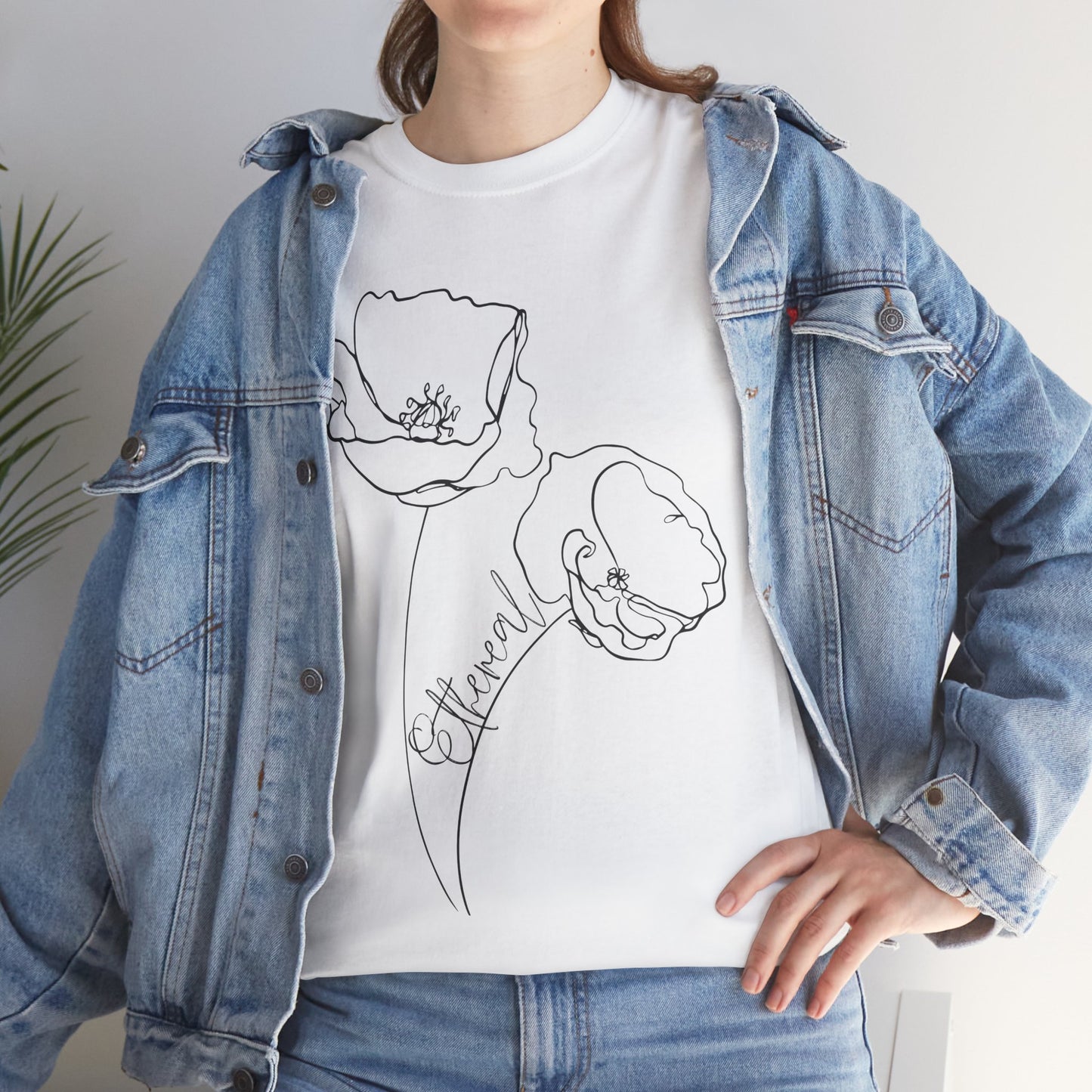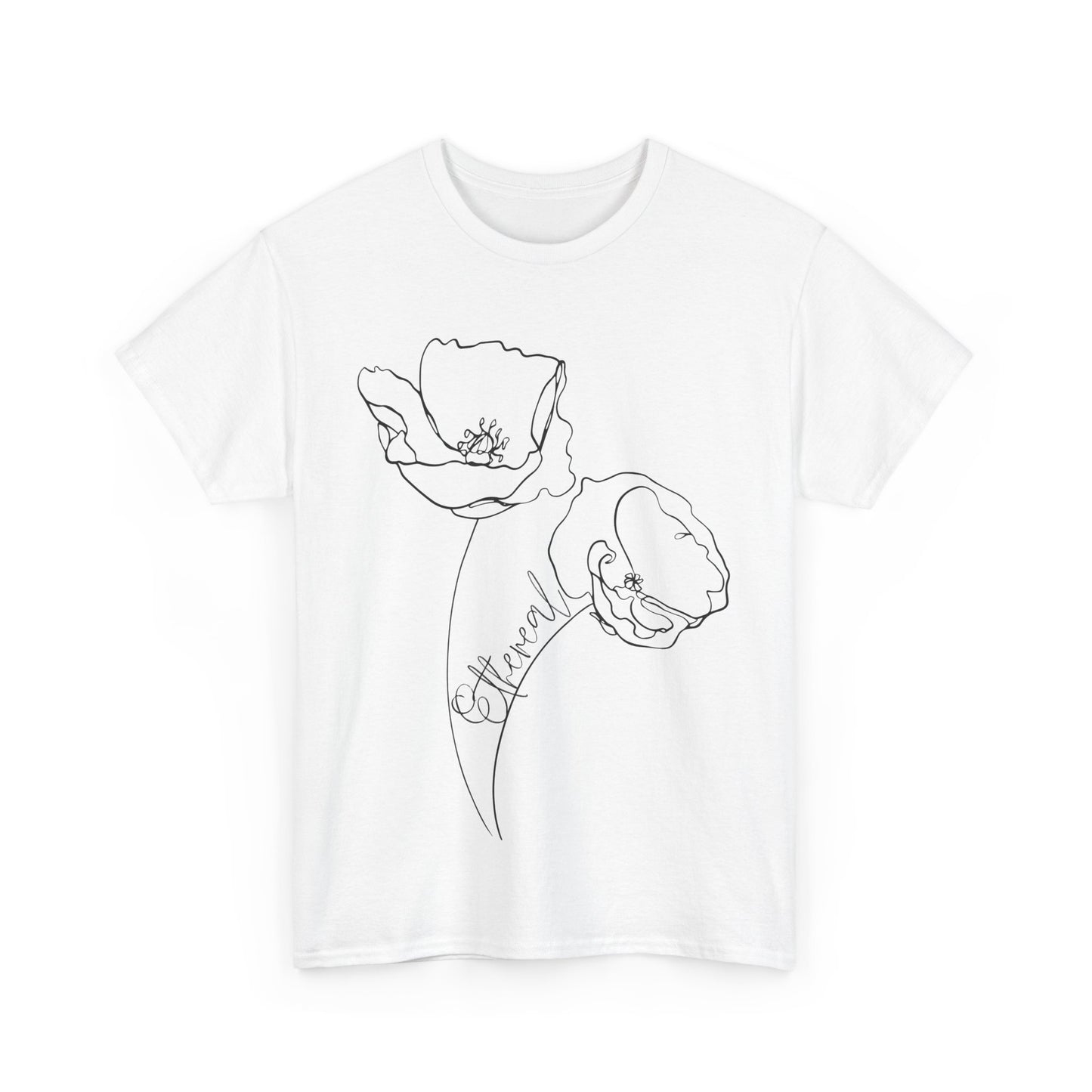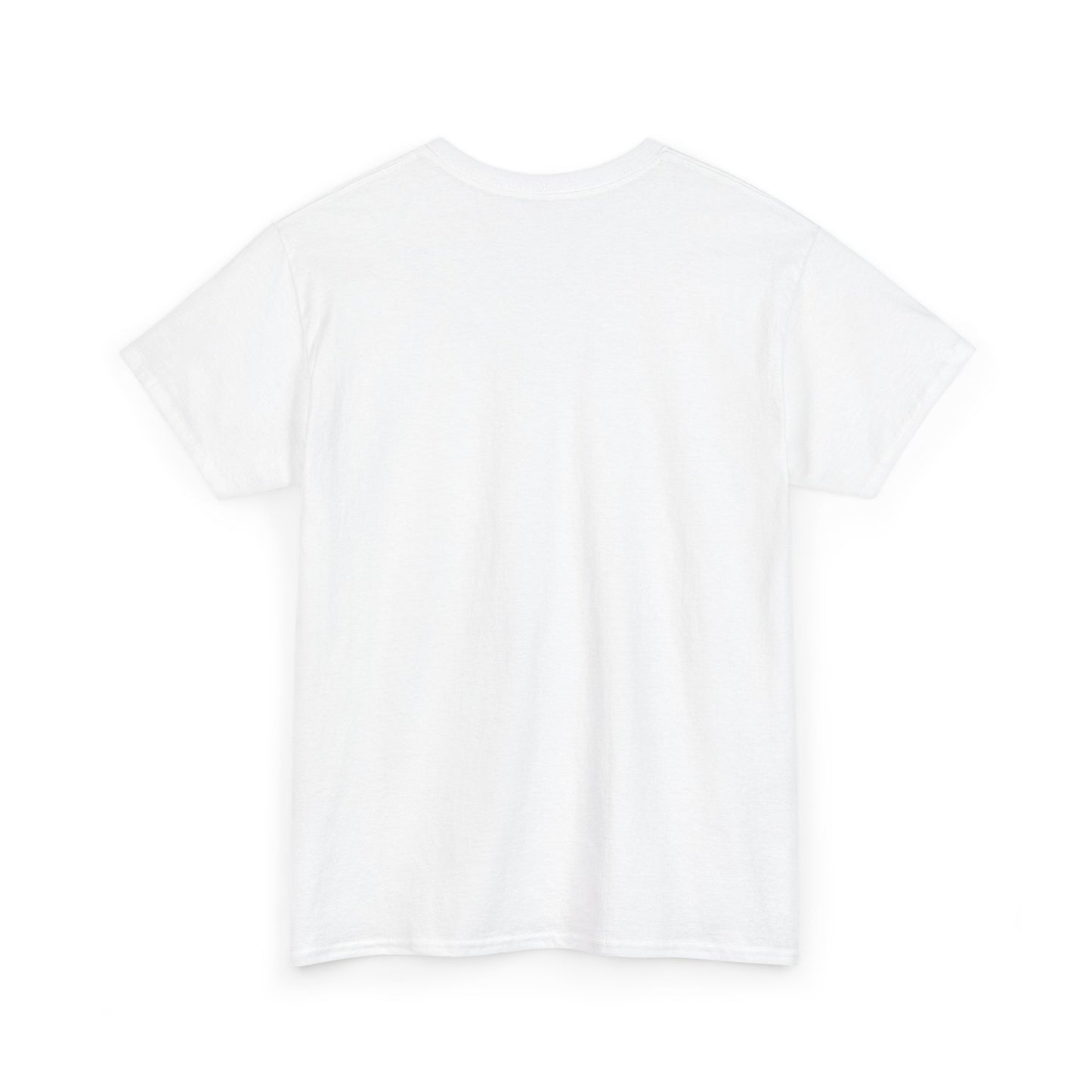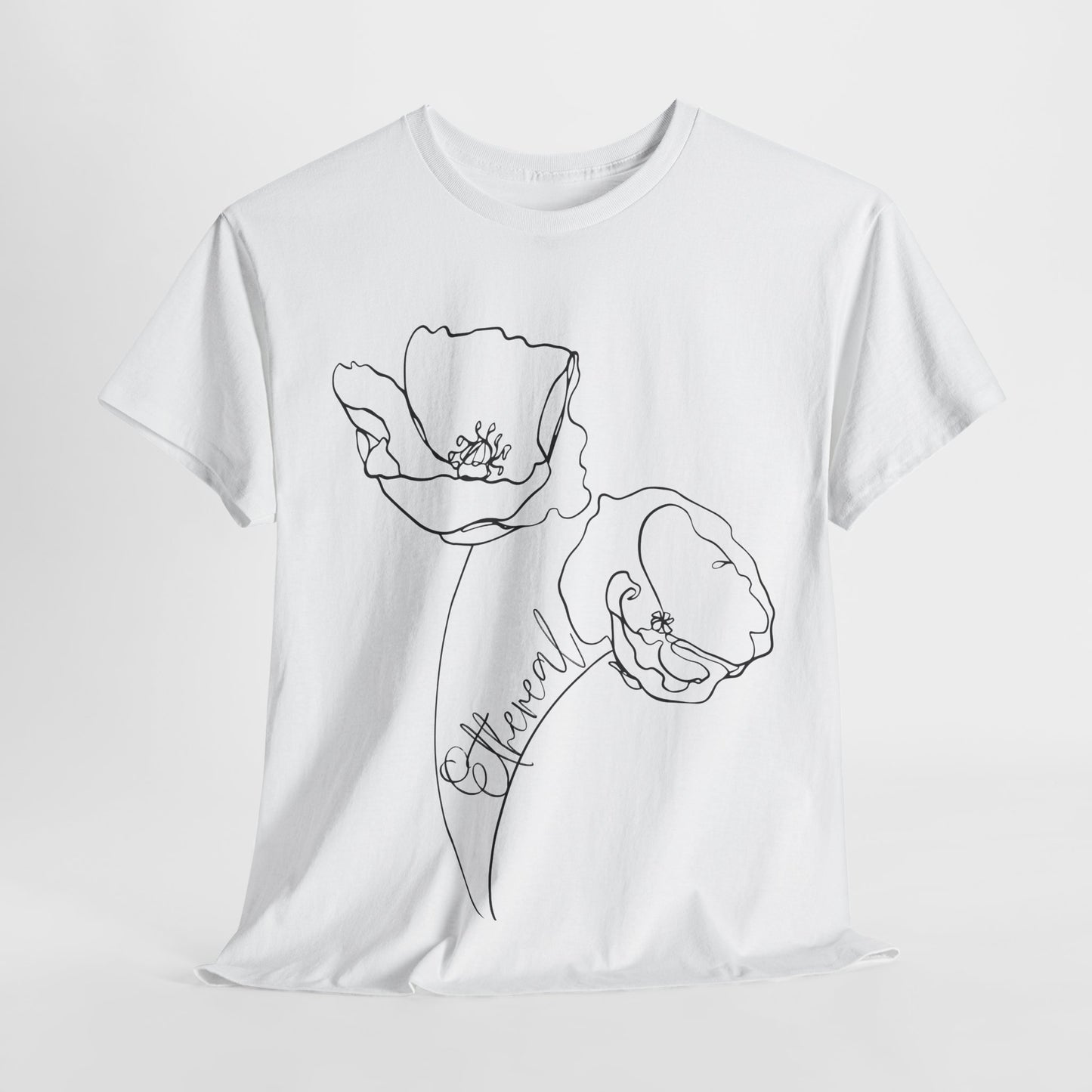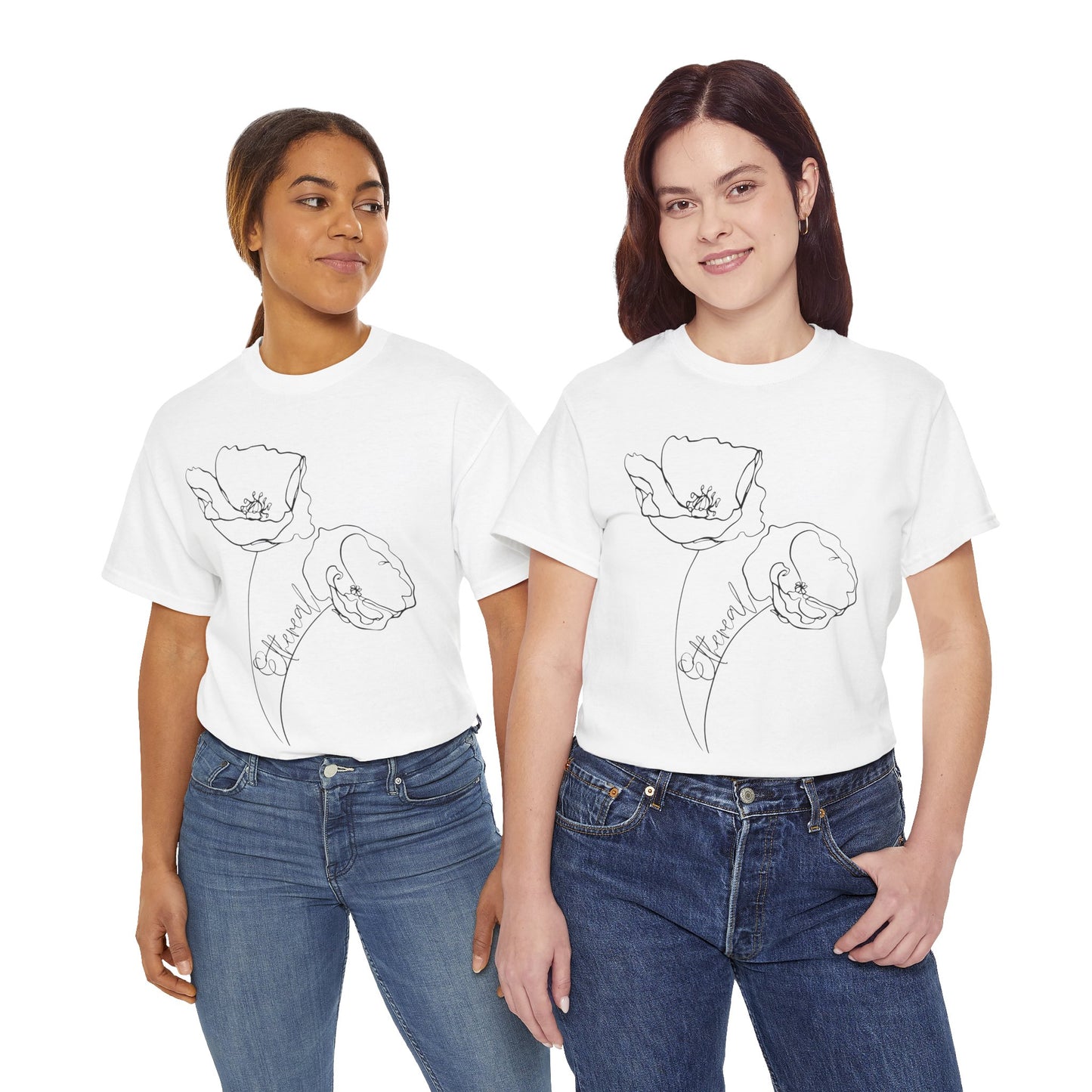Ethereal Collection
The term "ethereal" is derived from the Greek word "aether," which refers to the clear sky or the upper regions of air beyond the clouds. In contemporary usage, "ethereal" describes something that is extremely delicate and light in a way that seems too perfect for this world. It is often associated with the celestial, the heavenly, or the intangible.
In various contexts, ethereal can refer to physical attributes, such as the lightness of a fabric or the transparency of a material. For instance, in fashion, ethereal garments may be characterized by their flowing silhouettes and soft textures, creating an impression of grace and elegance. This quality is often sought after in clothing designs that aim to evoke feelings of serenity and beauty.
In literature and art, the term is frequently used to describe themes or subjects that transcend the ordinary. Ethereal imagery can evoke a sense of wonder, often portraying scenes that are dreamlike or otherworldly. This can be seen in the works of artists who utilize soft colors and delicate forms to create a visual experience that feels both enchanting and ephemeral.
From a scientific perspective, ethereal can also refer to substances that are volatile or gaseous in nature. For example, in chemistry, ethereal compounds are those that contain an ether functional group, characterized by an oxygen atom connected to two alkyl or aryl groups. These compounds are often used as solvents due to their ability to dissolve a wide range of substances.
In summary, the term "ethereal" encompasses a range of meanings that relate to delicacy, lightness, and otherworldliness. Whether in fashion, art, or science, the concept of ethereality invites a deeper appreciation for the beauty and complexity of the world around us.
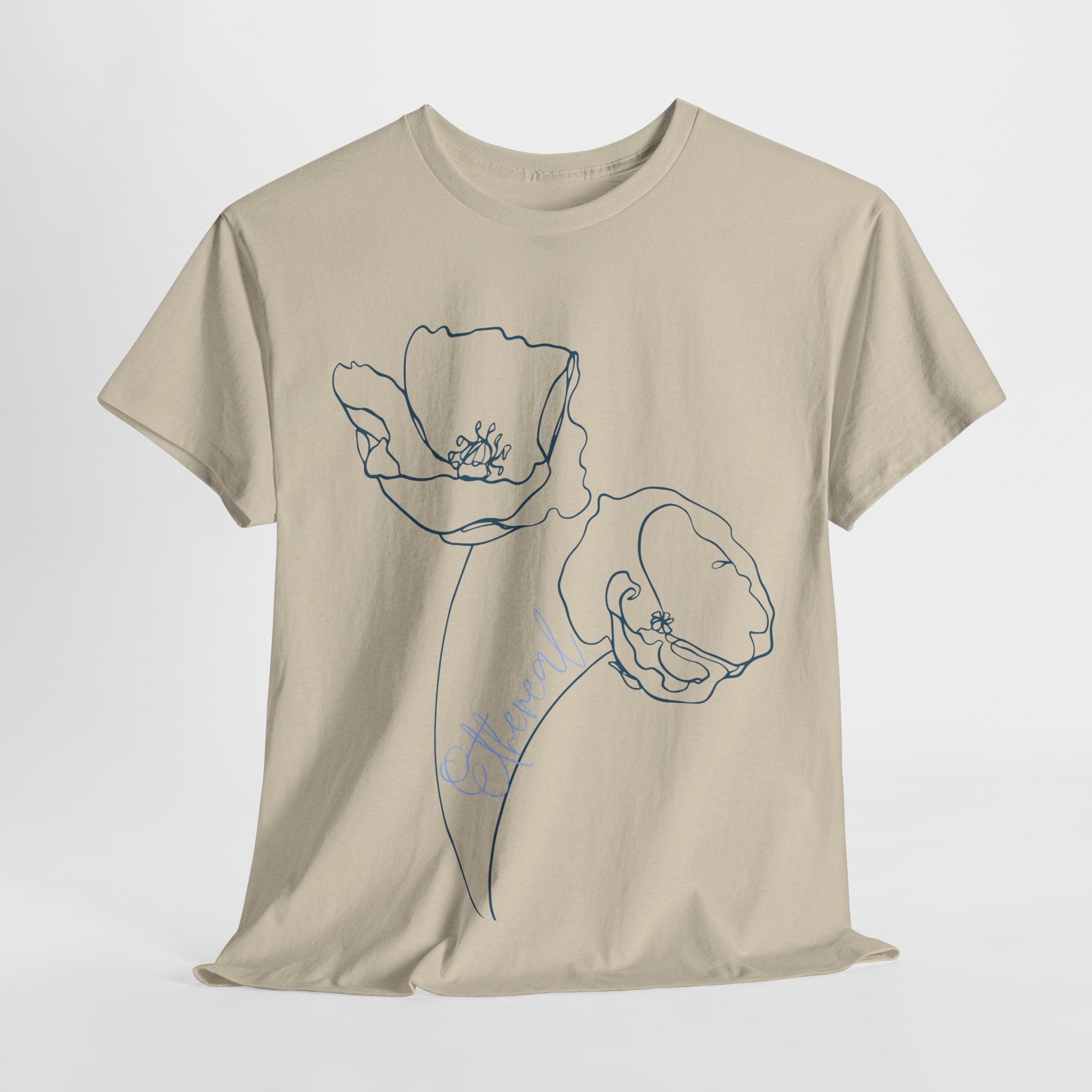
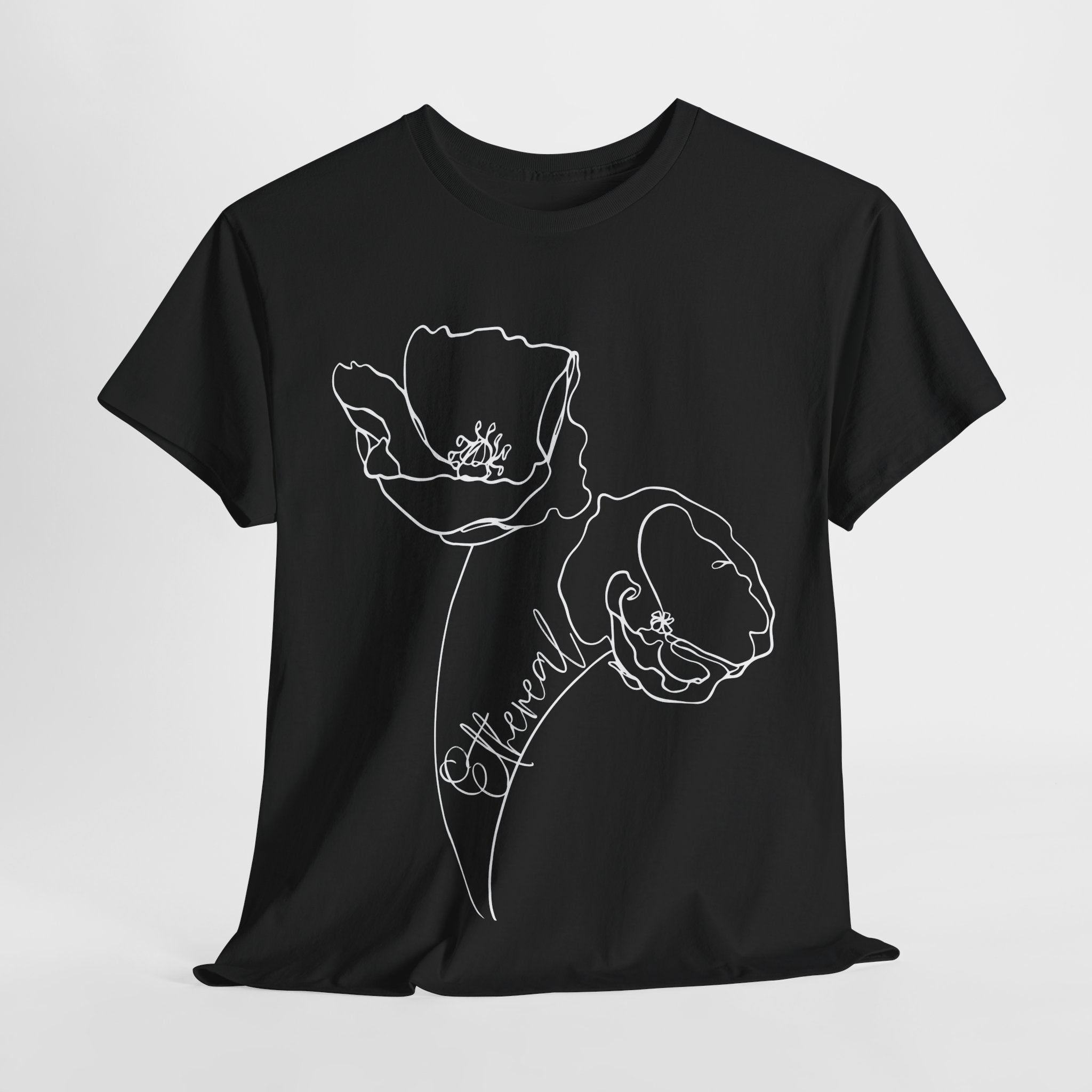
The Ethereal Collection
The word "ethereal" refers to something extremely delicate, light, or airy, giving it a sense of being otherworldly or heavenly. It often describes things that seem almost too perfect or beautiful for this world, such as an ethereal glow, sound, or experience. The term can evoke a spiritual, celestial, or transcendent quality, suggesting an exquisite, fragile beauty.
Ethereal Collection
The meaning of "Ethereal" is an adjective often used to describe something that is exceptionally delicate, light, or refined in a way that seems too perfect for this world. It conveys a sense of otherworldliness or celestial quality. This term is frequently applied to things that possess an intangible beauty or a dreamlike, almost heavenly, quality, such as ethereal music, ethereal beauty, or an ethereal atmosphere.
-
Ethereal Collection - Black T-Shirt
Regular price $49.99 AUDRegular priceUnit price / per -
Ethereal Collection - Sand T-Shirt
Regular price $49.99 AUDRegular priceUnit price / per -
Ethereal Collection - White T-Shirt
Regular price $49.99 AUDRegular priceUnit price / per
Printify
Ethereal Collection - Black T-Shirt
Share
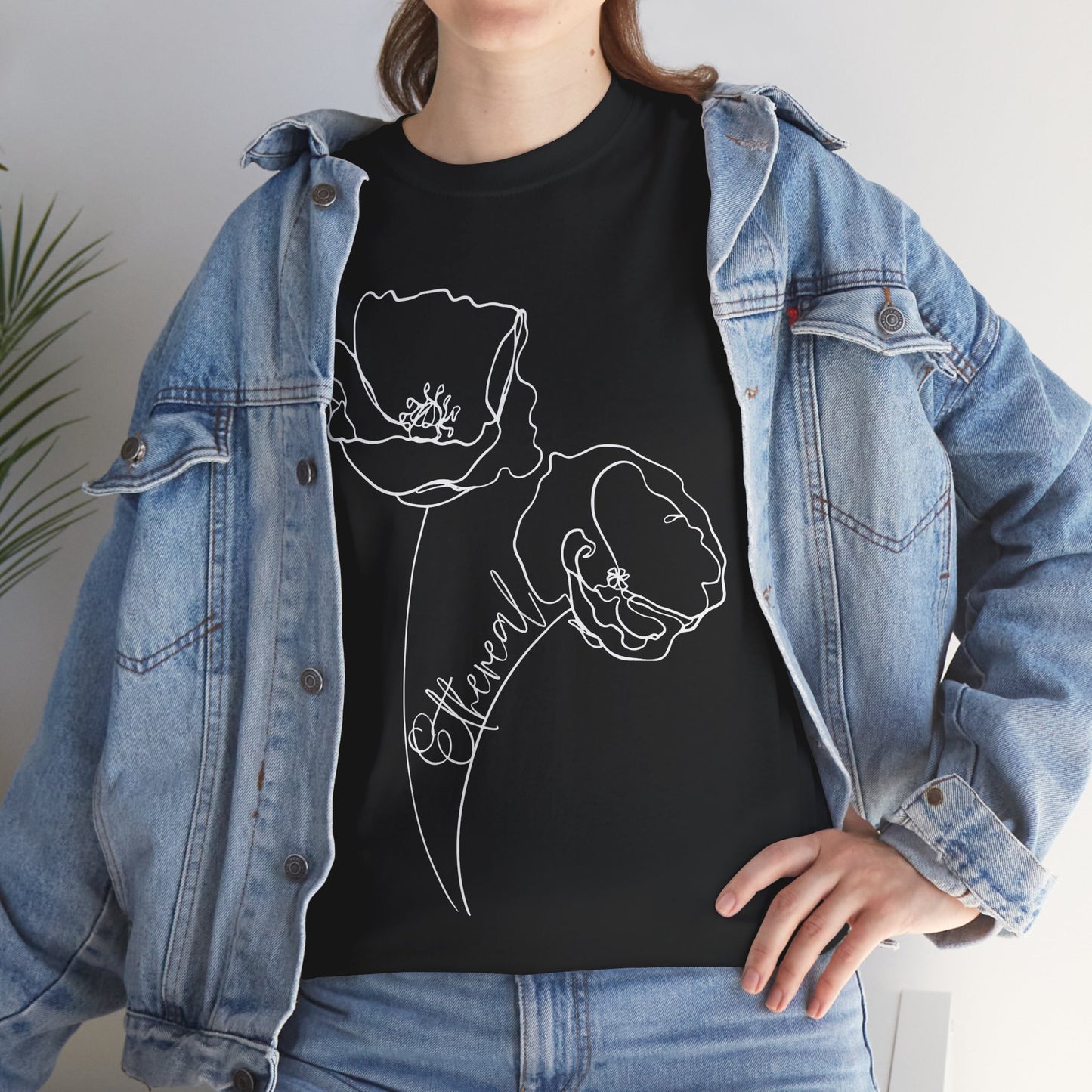
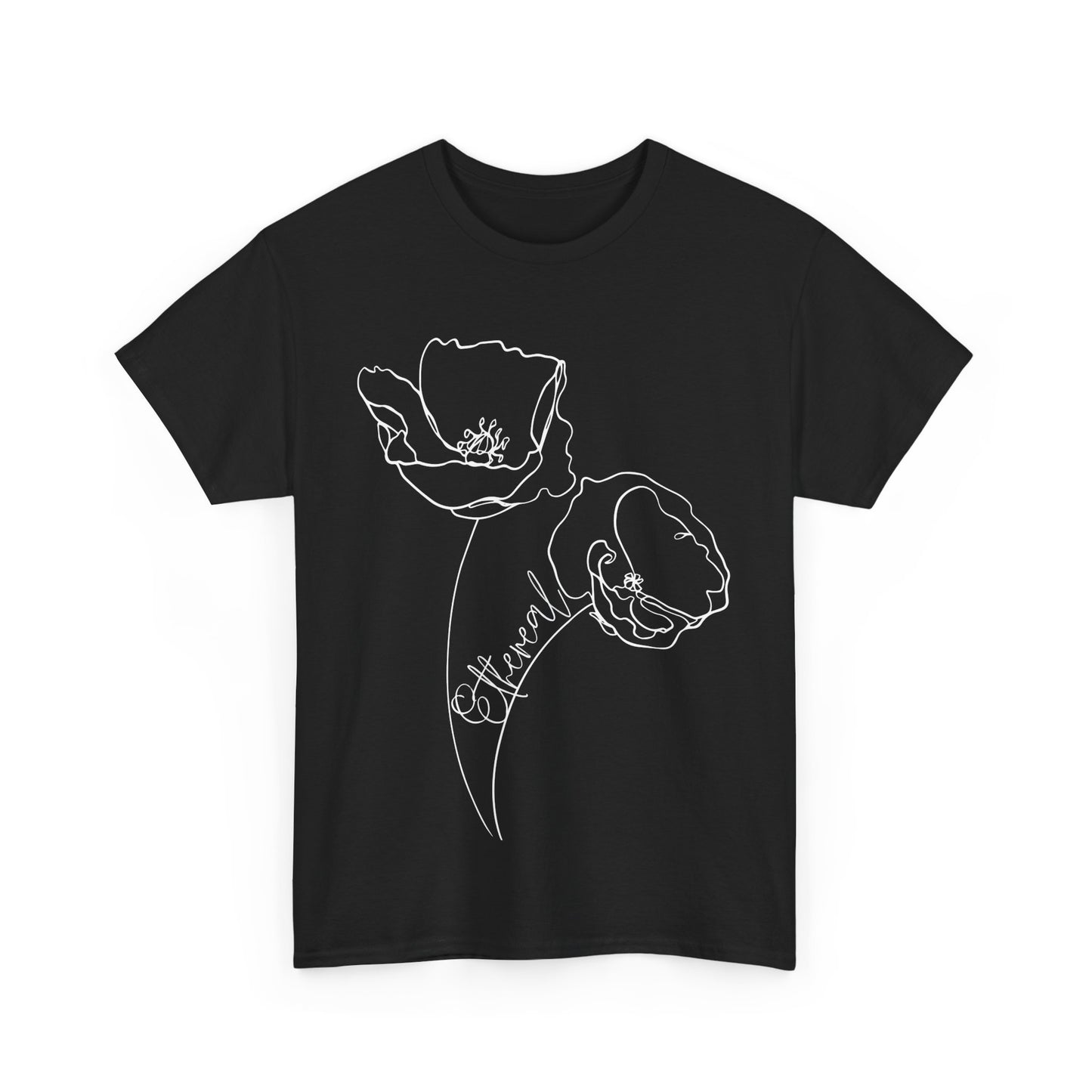


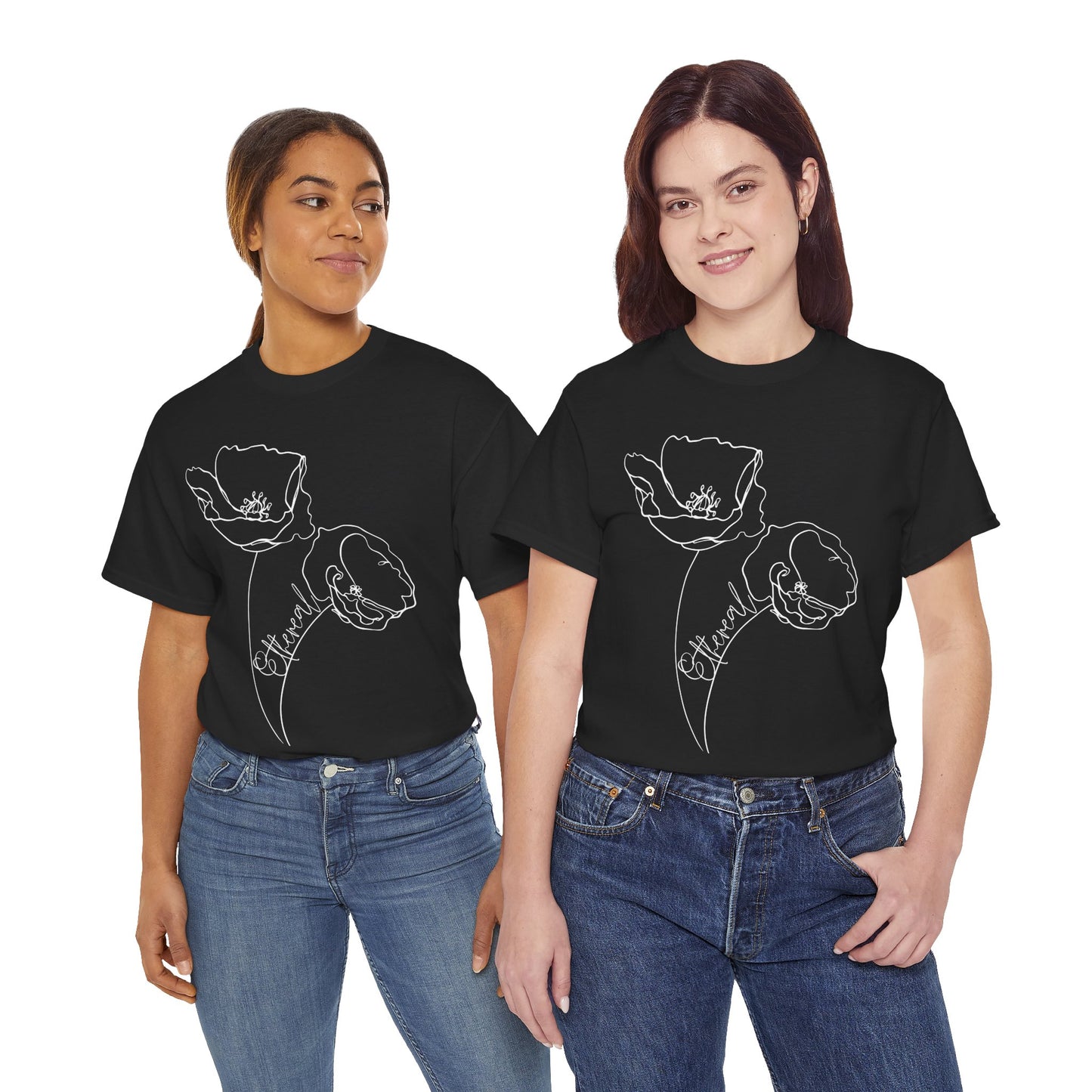
Printify
Ethereal Collection - Sand T-Shirt
Share
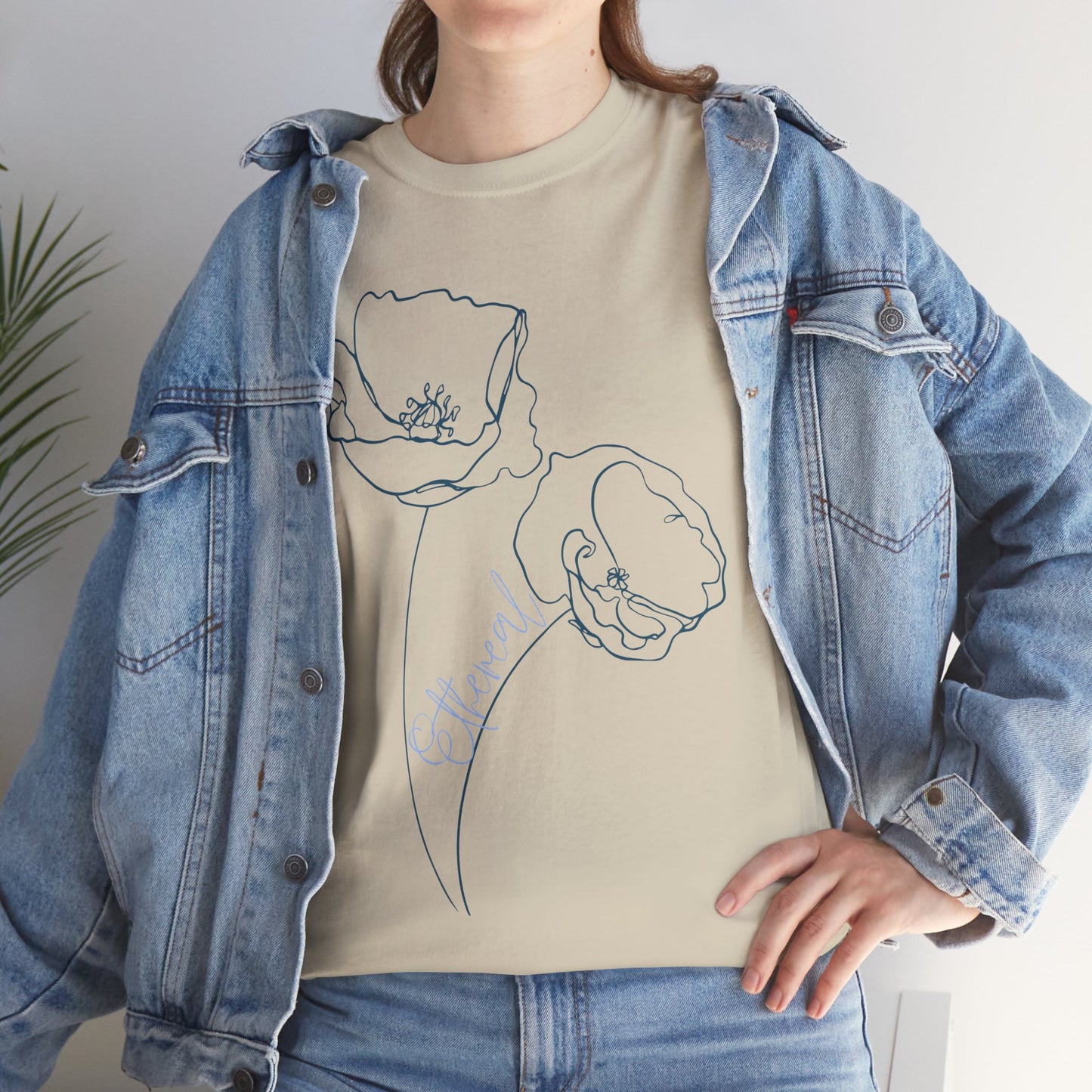

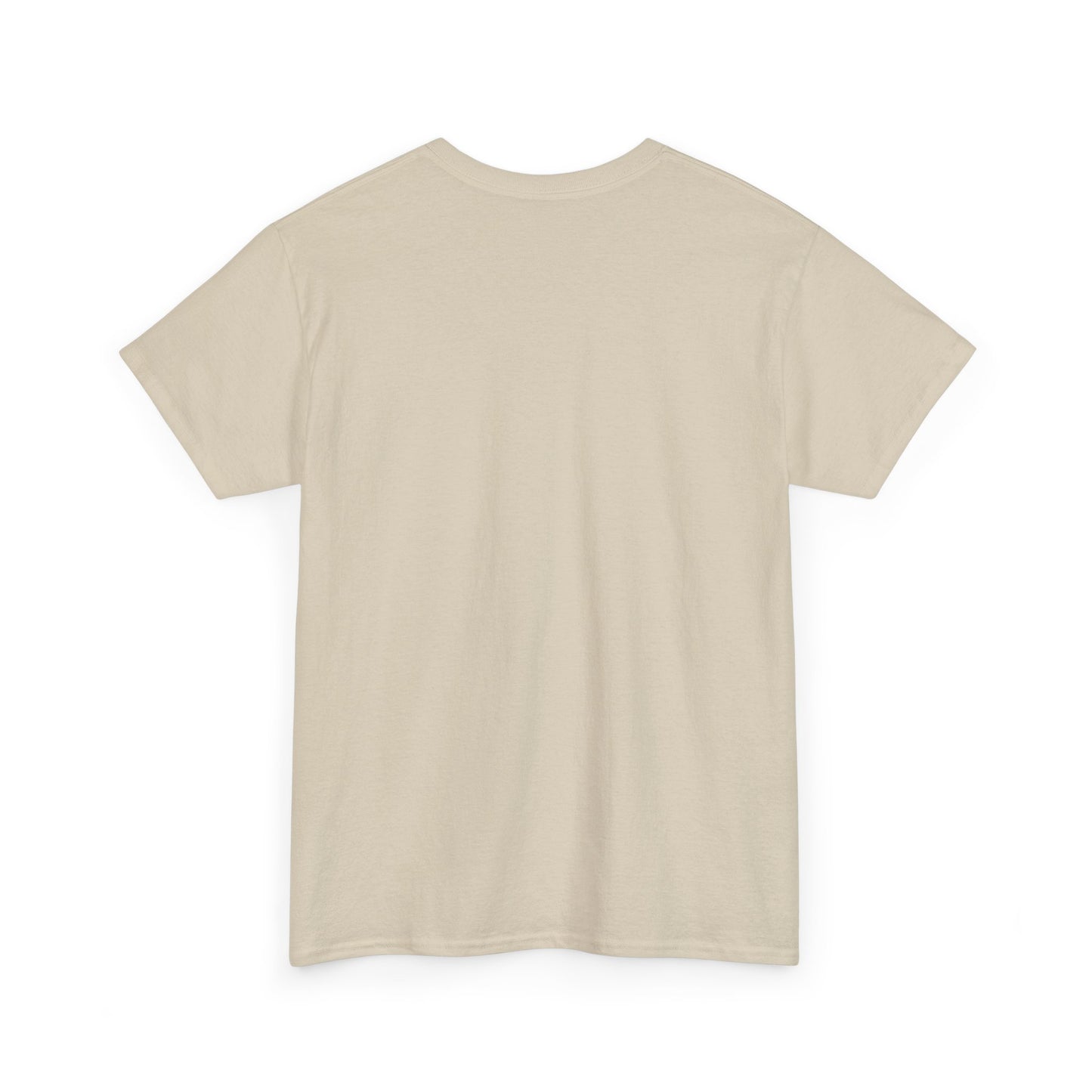

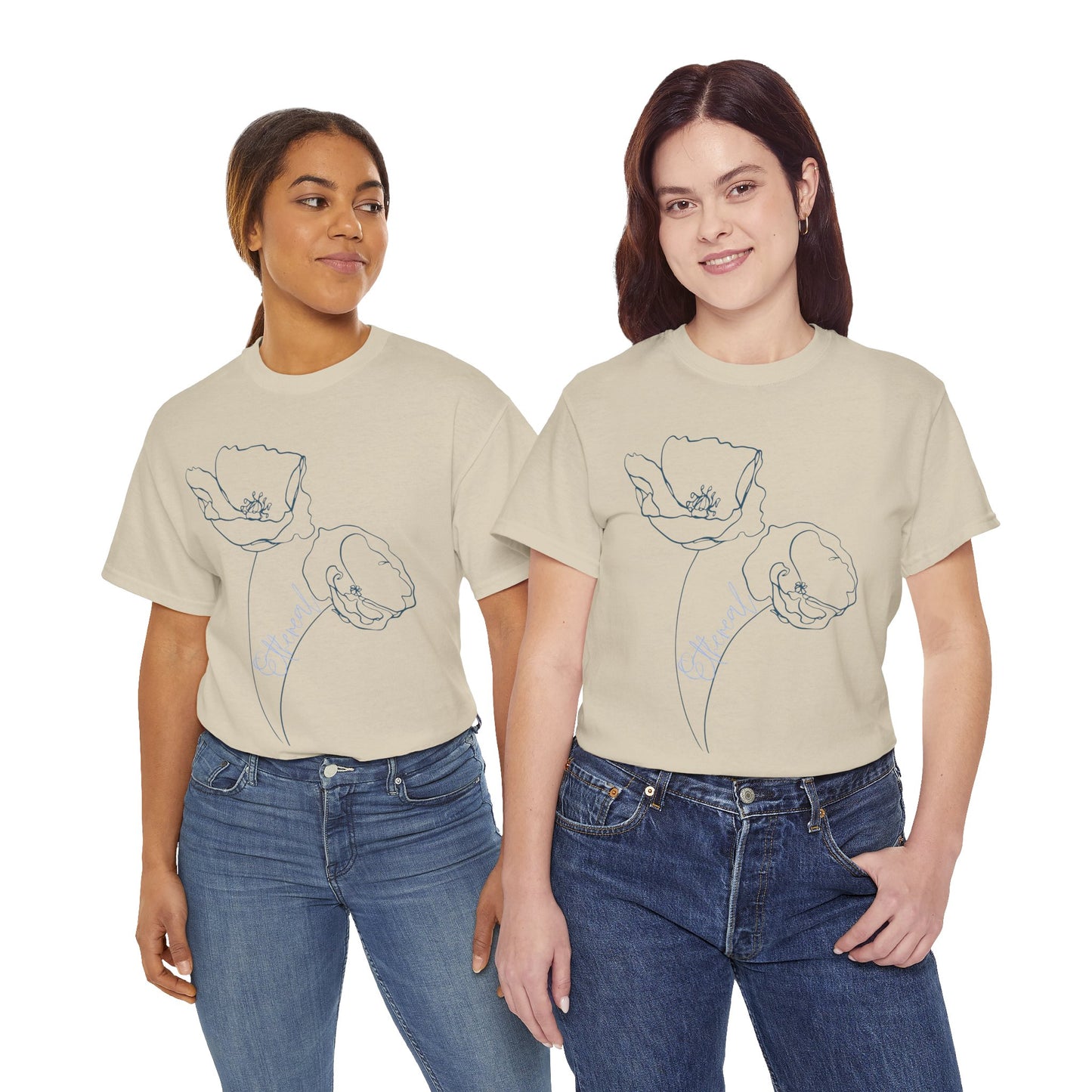
Printify
Ethereal Collection - White T-Shirt
Share
